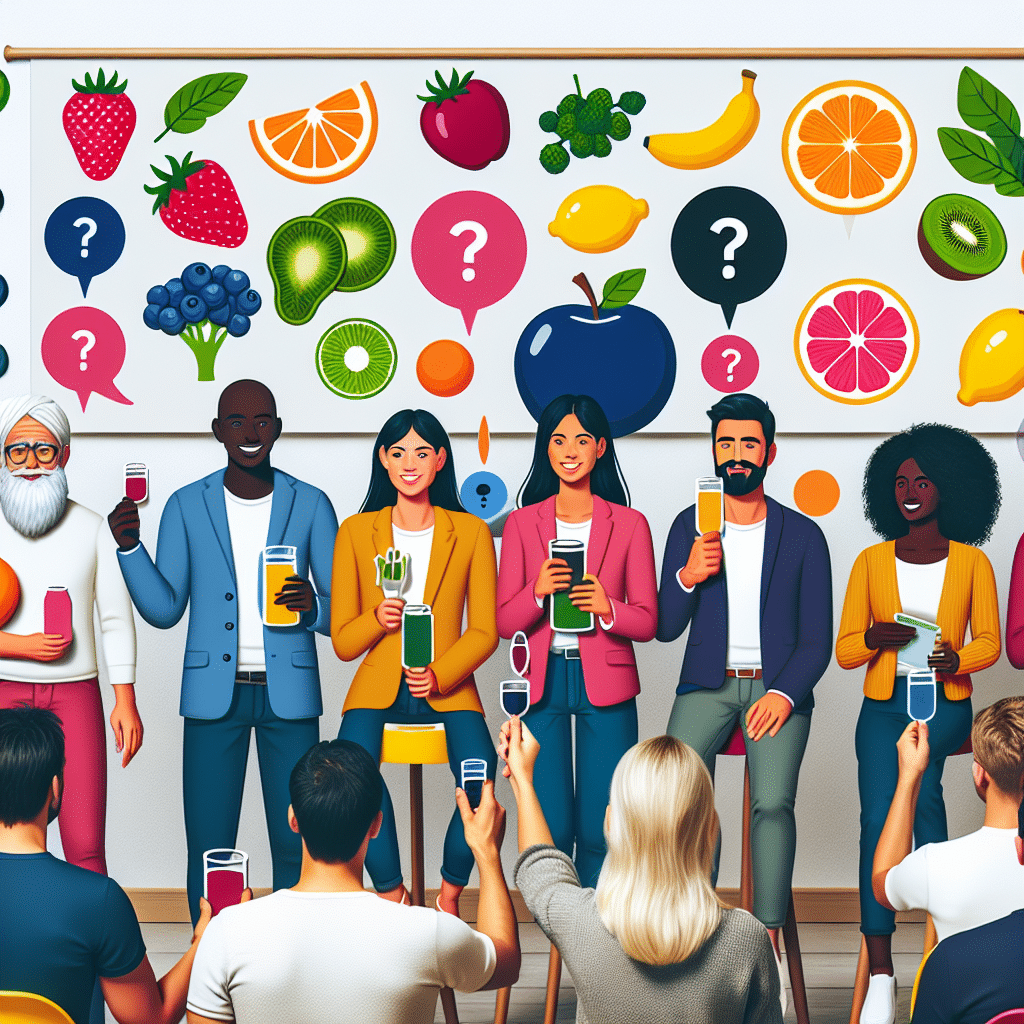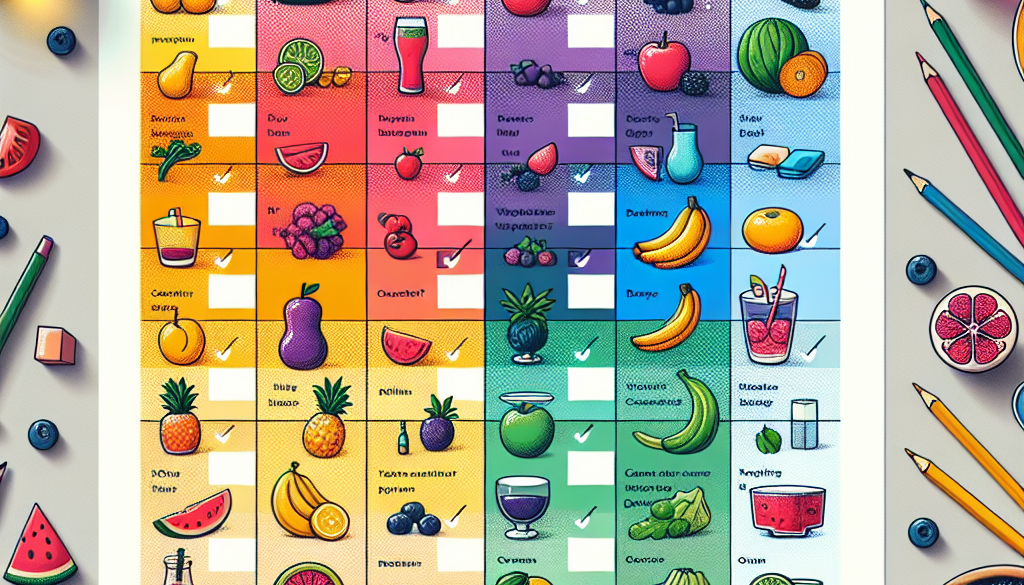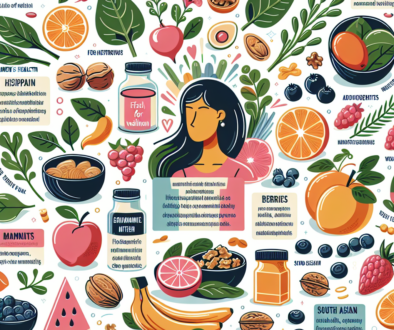Answering Questions about Color for Food and Beverage
-
Table of Contents
- Color Psychology in Food and Beverage: Enhancing Consumer Experience
- The Role of Color in Food and Beverage Perception
- Color and Flavor Associations
- Case Studies: Color Influencing Consumer Behavior
- Color Trends in Food and Beverage
- Regulations and Considerations for Color Additives
- Color and Branding in the Food and Beverage Industry
- Conclusion: The Power of Color in Food and Beverage
- ETChem’s Protein Products: Enhancing Food and Beverage Offerings
Color Psychology in Food and Beverage: Enhancing Consumer Experience

The influence of color on consumer behavior, especially in the food and beverage industry, is a fascinating and complex subject. The visual appeal of food can significantly affect taste perceptions, cravings, and even the likelihood of purchase. In this article, we will delve into the psychology of color in food and beverage, explore how it affects consumer behavior, and discuss the implications for businesses in this sector.
The Role of Color in Food and Beverage Perception
Color is the first sensory interaction that a consumer has with a product and can set the expectation for taste, freshness, and quality. The right color can enhance appetite, convey flavor, and even influence mood. For instance, warm colors such as red and yellow are often associated with spicy and sweet flavors, respectively, and can stimulate appetite. On the other hand, cool colors like blue and green can be calming but are less common in foods, sometimes signaling artificiality or spoilage.
Color and Flavor Associations
There is a strong link between color and flavor perception. Consumers often associate certain colors with specific flavors, which can affect their satisfaction with a product. For example:
- Red is commonly linked to flavors like cherry, strawberry, or tomato.
- Green often suggests mint or lime flavors.
- Brown can indicate chocolate, coffee, or caramel.
These associations can be leveraged by food and beverage companies to meet consumer expectations or to create unique sensory experiences.
Case Studies: Color Influencing Consumer Behavior
Several studies have demonstrated the impact of color on consumer behavior. For instance, a study found that when the color of a drink did not match the flavor, participants were less likely to identify the correct flavor. Another study showed that the color of a plate could affect the perceived sweetness and flavor intensity of the food served on it.
Color Trends in Food and Beverage
Color trends can also influence consumer preferences. Natural and earthy tones are becoming increasingly popular as consumers seek out products that are perceived as organic and healthy. Bright and bold colors are often used to attract attention to new and innovative products.
Regulations and Considerations for Color Additives
When using color in food and beverage products, companies must adhere to strict regulations. In many countries, only approved color additives can be used, and they must be labeled correctly. Natural colors derived from fruits, vegetables, and spices are often preferred for their perceived health benefits and clean label appeal.
Color and Branding in the Food and Beverage Industry
Color is a critical component of branding and can be used to create a strong visual identity for a product or brand. Consistent use of color can help build brand recognition and loyalty. For example, the distinctive red of Coca-Cola or the purple of Cadbury are instantly recognizable and evoke specific brand associations.
Conclusion: The Power of Color in Food and Beverage
In conclusion, color plays a vital role in the food and beverage industry. It affects consumer perceptions, influences purchasing decisions, and can even alter taste experiences. Companies that understand and harness the power of color can create more appealing products, enhance brand recognition, and ultimately drive sales.
ETChem’s Protein Products: Enhancing Food and Beverage Offerings
For businesses looking to improve their food and beverage products, ETChem’s protein offerings can provide a significant advantage. Their high-quality collagens can be seamlessly integrated into various products, adding nutritional value and catering to health-conscious consumers. With ETChem’s commitment to quality and customer satisfaction, businesses can confidently enhance their product lines to meet the evolving demands of the market.
About ETChem:
ETChem, a reputable Chinese Collagen factory manufacturer and supplier, is renowned for producing, stocking, exporting, and delivering the highest quality collagens. They include marine collagen, fish collagen, bovine collagen, chicken collagen, type I collagen, type II collagen and type III collagen etc. Their offerings, characterized by a neutral taste, instant solubility attributes, cater to a diverse range of industries. They serve nutraceutical, pharmaceutical, cosmeceutical, veterinary, as well as food and beverage finished product distributors, traders, and manufacturers across Europe, USA, Canada, Australia, Thailand, Japan, Korea, Brazil, and Chile, among others.
ETChem specialization includes exporting and delivering tailor-made collagen powder and finished collagen nutritional supplements. Their extensive product range covers sectors like Food and Beverage, Sports Nutrition, Weight Management, Dietary Supplements, Health and Wellness Products, ensuring comprehensive solutions to meet all your protein needs.
As a trusted company by leading global food and beverage brands and Fortune 500 companies, ETChem reinforces China’s reputation in the global arena. For more information or to sample their products, please contact them and email karen(at)et-chem.com today.




